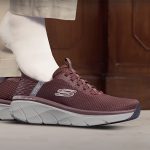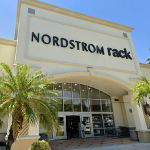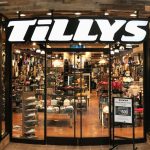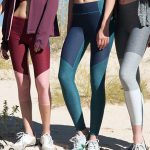Manufacturer sales of outdoor products grew by 1.2 percent in value and 1.4 percent in volume in Europe last year, reaching €4.83 billion ($6.4 bn), or an estimated €10.2 billion ($13.6 bn) at retail, according to estimates released July 16 by the European Outdoor Group (EOG) at the OutDoor show in Friedrichshafen, Germany.
Excluding Russia, where topline sales plummeted 20.2 percent, the European wholesale market grew by 2.7 percent in value and 2.3 percent in volume, or at about the rate of inflation.
“It's not the big booming business like we've had in previous years, but I think in a very challenging market and a very challenging economic situation we are very, very pleased that we achieved €5.0 billion in sales,” said John Jansen, the head of Keen EMEA during a press conference Thursday at the Outdoor Show in Friedrichshafen, Germany. “If I compare that to other industries, it's still a good performance.”
Sans Russia, broad growth
Most countries and categories reflected the overall growth figures, but there were some variations. As in the previous year, footwear was the fastest growing category, up 2.8 percent in value and 4.0 percent volume. Apparel, the largest category, was effectively flat, with just 0.1 percent growth in value, though this figure was significantly distorted by the situation in Russia and mild weather during autumn/winter.
Backpacks and luggage grew by around 2 percent in value and volume, with strong performance in both spring/summer and autumn/winter. In equipment, climbing had a good year with growth in value and volume of around 2.5 percent, while growth in tents was about 2 percent and accessories grew in value by 2.8 percent and volume by 2.1 percent. Russia had a big impact on sleeping bags and mattresses, but excluding that market, the category grew 1.8 percent in value and 2.9 percent in volume.
Once again, the three largest markets were Germany, the UK & Ireland and France, each of which grew between 2 percent and 3 percent. Southern Europe continued to make a good recovery, with Spain and Italy up 2.5 percent in value and Scandinavia was buoyant, growing around 3 percent in value, with the exception of Finland which was affected most by the situation in Russia. Overall, Eastern Europe recorded steady growth, at just under 3 percent in value.
Prices increases ahead
Jansen , who was installed as president of EOG on the eve of the trade show, speculated that a decline in average selling price was due more to product mix than currency rates, but that will change next year as the decline in the value of euro works its way to the store shelf.
“Looking forward to spring 2015 there will be an impact in pricing due to exchange rates,” said Jansen, noting the euro's slide against the dollars used to pay Asian manufacturers. “There will be a big margin gap. But it's quite right to assume there will be price increases as an industry.”
As well as State of Trade, the EOG recently launched a retail sales barometer pilot study, tracking the performance of outdoor products during the year. The results for the first quarter of 2015 reveal that the sector performed better at retail in January and February than at the same time in 2014, although March was down on the previous year. The retail sales barometer is not fully representative of the outdoor sector, but the number of contributing retailers (and brands with own retail) is growing and the EOG is keen to recruit more participants.















